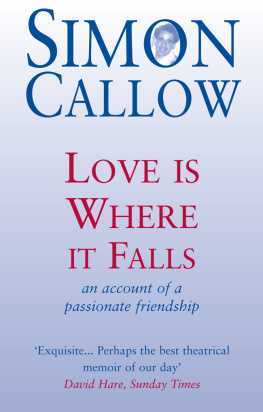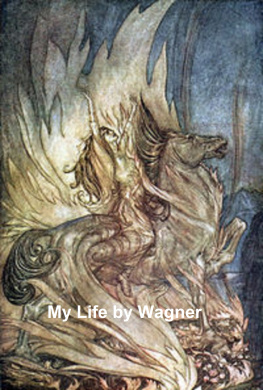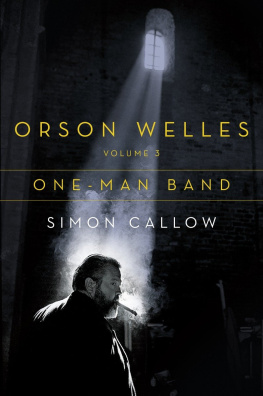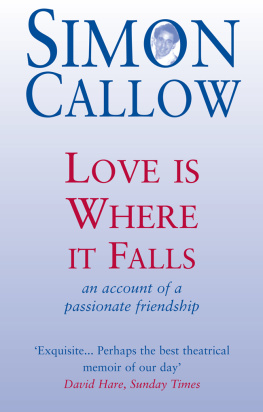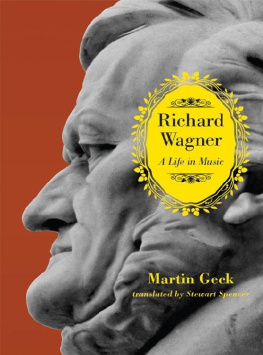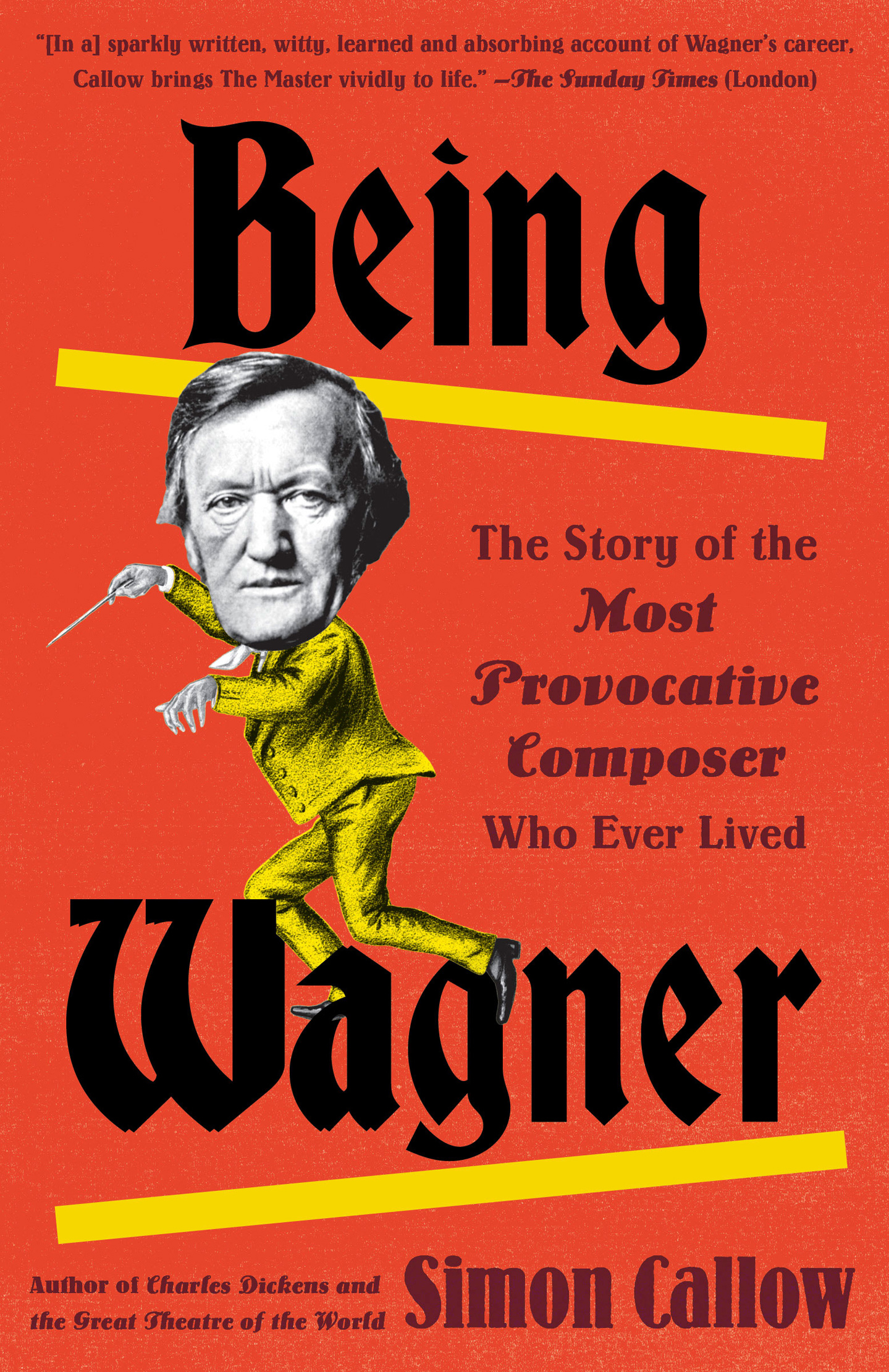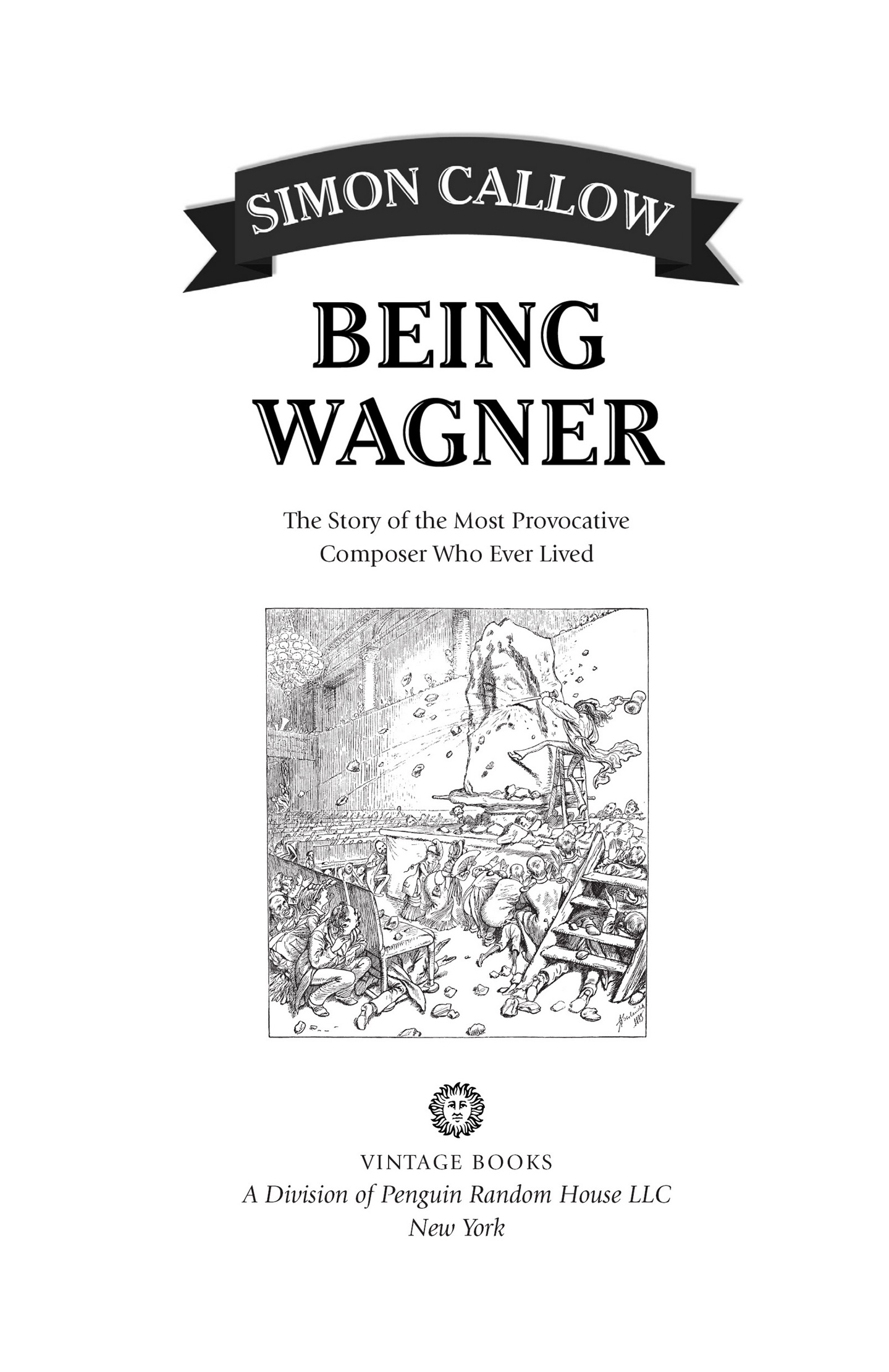Simon Callow is an actor, director, and writer. He made his stage debut in 1973 and came to prominence in a critically acclaimed performance as Mozart in the original stage production of Peter Shaffers Amadeus at the Royal National Theatre in 1979. He is well known for a series of one-man shows that have toured internationally and featured subjects including Dickens, Oscar Wilde, Shakespeare, Jesus, and Richard Wagner. Among his many film roles is the character Gareth in Four Weddings and a Funeral. Callow simultaneously pursued careers as a director in theater and opera and an author of several books, including the biographical trilogy Orson Welles, Charles Dickens and the Great Theatre of the World, My Life in Pieces (winner of the Sheridan Morley Prize), Shooting the Actor, Being an Actor, and the biography Charles Laughton.
ALSO BY SIMON CALLOW
Being an Actor
Acting in Restoration Comedy
Orson Welles, Volume 1: The Road to Xanadu
Charles Laughton: A Difficult Actor
The Night of the Hunter (BFI Film Classics)
Dickens Christmas: A Victorian Celebration
Shooting the Actor
Orson Welles, Volume 2: Hello Americans
Love Is Where It Falls
Charles Dickens and the Great Theatre of the World
Orson Welles, Volume 3: One Man Band
A VINTAGE BOOKS ORIGINAL, FEBRUARY 2018
Copyright 2017 by Simon Callow
All rights reserved. Published in the United States by Vintage Books, a division of Penguin Random House LLC, New York. Originally published in hardcover in Great Britain by William Collins, an imprint of HarperCollins Publishers, London, in 2017.
Vintage and colophon are registered trademarks of Penguin Random House LLC.
Library of Congress Cataloging-in-Publication Data
Names: Callow, Simon, 1949 author.
Title: Being Wagner : a larger-than-life biography of a short man / by Simon Callow.
Description: New York : Vintage Books, 2018. | Includes bibliographical references and index.
Identifiers: LCCN 2017036465
Subjects: LCSH: Wagner, Richard, 1813 1883. | ComposersGermanyBiography.
Classification: LCC ML410.W1 C3 2018 | DDC 782.1092 [B]dc23
LC record available at https://lccn.loc.gov/2017036465
Vintage Books Trade Paperback ISBN9780525436188
Ebook ISBN9780525436195
Cover design by Linda Huang
Cover images: face SZ Photo/ Scherl/Mary Evans; body Chronicle/Alamy Stock Photo
www.vintagebooks.com
v5.2
a
To David Hare,
friend, adviser, beacon.
Only those friends, however, who feel an interest in the Man within the Artist, are capable of understanding him.
Richard Wagner,
A Communication to My Friends, 1851
CONTENTS
FOREWORD

In the summer of 2012, Kasper Holten, then artistic director of the Royal Opera House in London, asked me to create a show to celebrate the Wagner bicentenary. I threw myself at the vast literature, and emerged astounded at what I had found. I knew his work very well had been a Wagnerian since early adolescence, knew all about leitmotiven and the Tristan chord but, apart from his notorious anti-Semitism, knew remarkably little about the man, his vast intellectual scope, his rascally sex life, his revolutionary politics, his heroic struggle to create Bayreuth. In particular, I knew nothing about his quite extraordinary personality. I determined to put what I had discovered into the one-man show I was evolving, with the result that the text that I read out on the first day of rehearsals lasted four hours. People came and went, had lunch, returned, and came back to find me still droning on. I couldnt bear to leave anything out. The moment we started rehearsing, of course, pretty well the whole of that text was jettisoned. With light, images, props and above all with music to evoke the man and his world, I pared it down and down. The first preview still lasted two and a half hours; I cut an hour from it overnight. The show we finally evolved Inside Wagners Head, I called it gave, I think, a pretty fair impression of the furor he generated, both in himself and in other people.
The play tried to answer the question of what it was about him that creates such violent emotions, even today, two hundred years after his birth. When I was working on it, I bumped into a friend, an eminent, an internationally famous musician, and told him what I was doing. Why?? he protested. Dreadful music. Dreadful man. This book asks the same question, but in a different way and from another perspective. It offers a sustained though not, of course, comprehensive examination of how this diminutive and often rebarbative man, with only the sketchiest of formal musical training, imposed his work and his view of life on the world.
Wagner took matters into his own hands almost from the beginning, writing huge operas on spec without either commissions or particular artists or theatres in mind. He was determined to do things on his own terms and in his own way. To him, drama was everything: even music was its servant, and if music did not serve the purposes of expression, then music itself must be bent and changed. Very soon, he realised that his work made demands that the operatic theatre as it was presently constituted was incapable of fulfilling, so, instead of cutting his coat according to his cloth, he determined to remake the operatic theatre, both figuratively and literally. And he did, having created, by the time he died at the age of 69, in the teeth of great hardship and often violently expressed opposition, a body of work on an unprecedented scale and of gigantic scope that affected its audiences deeply, trained a group of singers and players who could interpret it, and built a revolutionary new theatre in which to perform it. He had set out to impose his work and his view of life on the world, and he had succeeded; it might almost be said that, weaving together myth and legend and history, he had created an alternative universe. It is a safe bet to say that no other composer has achieved what Wagner achieved, not so much in point of musical greatness though he is incontestably great but in terms of reinventing his art at every level.
In unflagging pursuit of his goal, Wagner was titanic, demiurgic, super-human and also, frankly, more than a little alarming. No one was ever neutral about him. His personality was so extreme, so unfettered, that he struck many people as teetering on the edge of sanity, both in the way he behaved and in the intemperate demands he made of them. He had, said Liszt, a great and overwhelming nature, a sort of Vesuvius, which, when it is in eruption, scatters sheaves of fire and at the same time bunches of roses and elder. Volcanic imagery abounds in recollections of him: the little man with the enormous head, long body and short legs, wrote the painter Friedrich Pecht, resembled a volcano spewing out fire and sweeping all before himhis true element was the most violent excitement. Half-admiringly, Liszt described Wagners ability to work his way round a room, systematically alienating everyone in it. It is his habit to look down on people from the heights, even on those who are eager to show themselves submissive to him. He decidedly has the style and the ways of a ruler, and he has no consideration for anyone, or at least only the most obvious.


